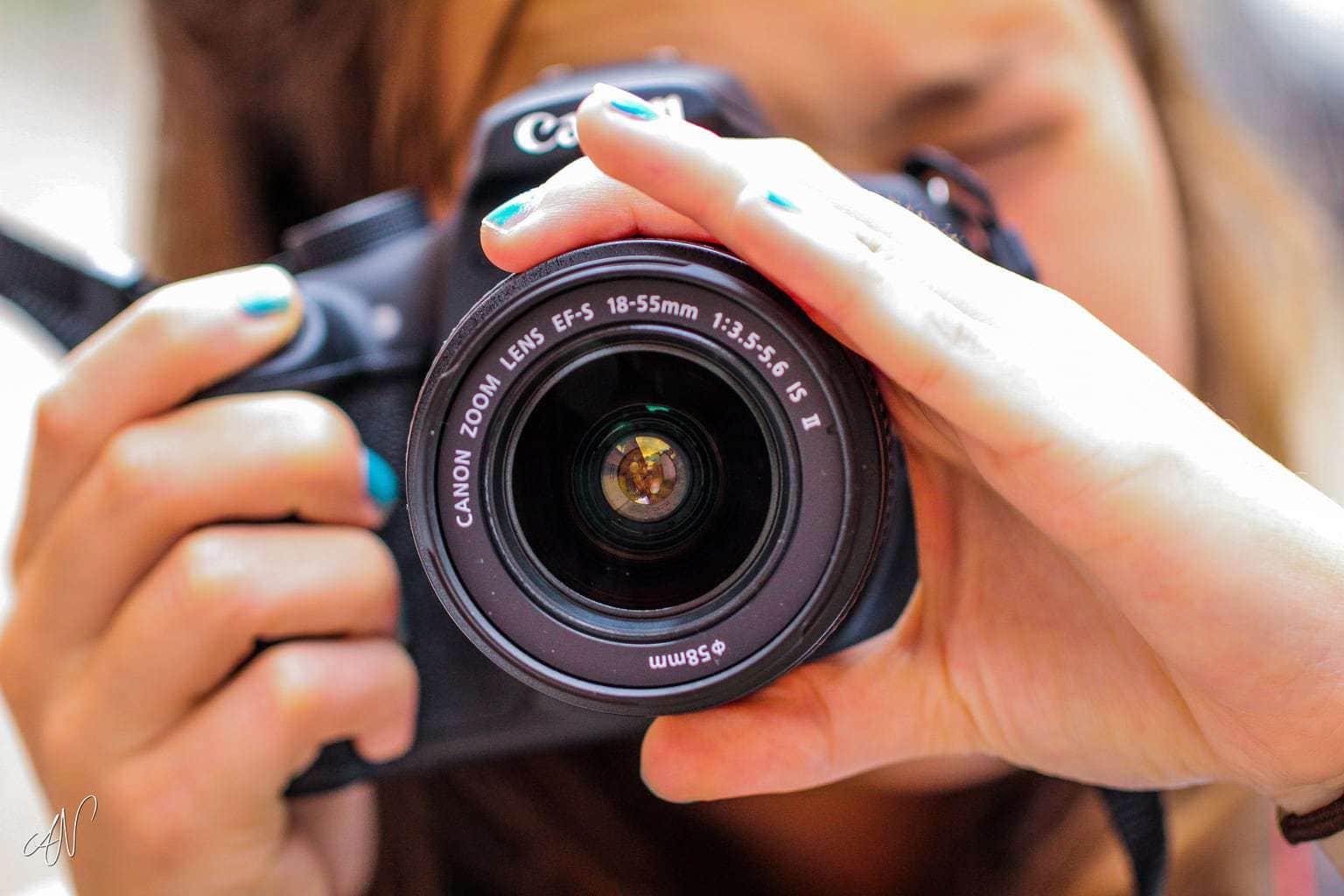Paperweight. This is how the lens that is usually included in the "kit" when you buy a camera is commonly known. And that's what a colleague who was very fond of photography told me when she advised me when it came to buying the camera many years ago. "This lens is worth nothing, only as a paperweight." Likewise, and so I spent a few years with the need to change it even though my pocket was not enough for it. Until I was able to take the first step and buy myself the Prince of objectives .
My perception over time is that he was partly right, but not entirely. It is true that it is not a great objective, that the 18-55mm that they usually include is not great. However, it's also not a slop you can't even shoot with. Life is not black or white, there are many beautiful grays that are worth enjoying.
That is why I am writing this article today, because this objective also has its benefits and I want to tell you about them. I hope that, when you finish reading it, you are left with the idea that yes, you can take photography with the "paperweight", that the best equipment is the one you have in your hands. I am going to give you some tricks to get the most out of it and that you end up convincing yourself that you have a useful tool and not a sad “paperweight”. You stay? I'm glad ?
ADVANTAGES AND DISADVANTAGES
The first thing I want is for you to get to know this tool a little better to find out why it is or isn't as bad as they paint it to be.
The worst thing about these objectives is that it is true that they are not of great quality, their optics are not usually the best on the market, that they can present vignetting and aberrations, that their constitution is usually fragile due to the plastic and, above all, where I see the biggest problem, they are dimly lit.
Now, the good thing is that, when you are starting out, neither vignetting nor chromatic aberrations should be a big problem, for the most demanding, advanced or professional, it will be, but for someone who is learning the relationship between speed, aperture and ISO, which is still not clear about what focal length is or that the white balance sounds Chinese or vaguely, this is the last of its problems. On the other hand, although the optics are not the best, they are very versatile. My 50mm 1.8 lens is much better, yes, but it also limits me a lot more. When I say versatile, I mean that you can zoom and shoot at different focal lengths . In addition, it covers a considerable angle.
Knowing the above, I leave you some tips and tricks so that your "paperweight" becomes a good friend.
1. EXTRA CARE AGAINST DUST AND BUMPS
I am going to start with the issue of care because it is important that this goal lasts. As I said at the beginning, the last thing we want is for it to end up in the trash, right? Well, due to the fragility that I mentioned before, this objective requires a little more care when it comes to avoiding blows or working in places with a lot of dust. If you take these precautions into account, it will last longer and you will be able to apply the rest of the tips for a longer time. Here are some general recommendations to protect your equipment.
2. FIND THE SWEET SPOT
Every objective has its so-called sweet spot, which is where it offers the greatest sharpness. Normally it is usually two steps above its maximum opening. Use that aperture whenever it fits you for better image quality.
3. TAKE ADVANTAGE OF DAYLIGHT HOURS
One of the drawbacks of this lens is the lack of light, that is, its limited aperture does not allow as much light to enter as in other lenses and this is frustrating because often the photos are underexposed. With this lens it is best to take advantage of the moments of the day when there is light and shoot more outdoors.

You can also take advantage of light in another way, if you discover its magic, how it can be the protagonist or co-star of the image, how the message can change depending on the type of light or how to move people through it, it will not matter for what purpose or with which camera you shoot. The magic of light overcomes any physical limitation.
This image is taken with a Canon 18-55.
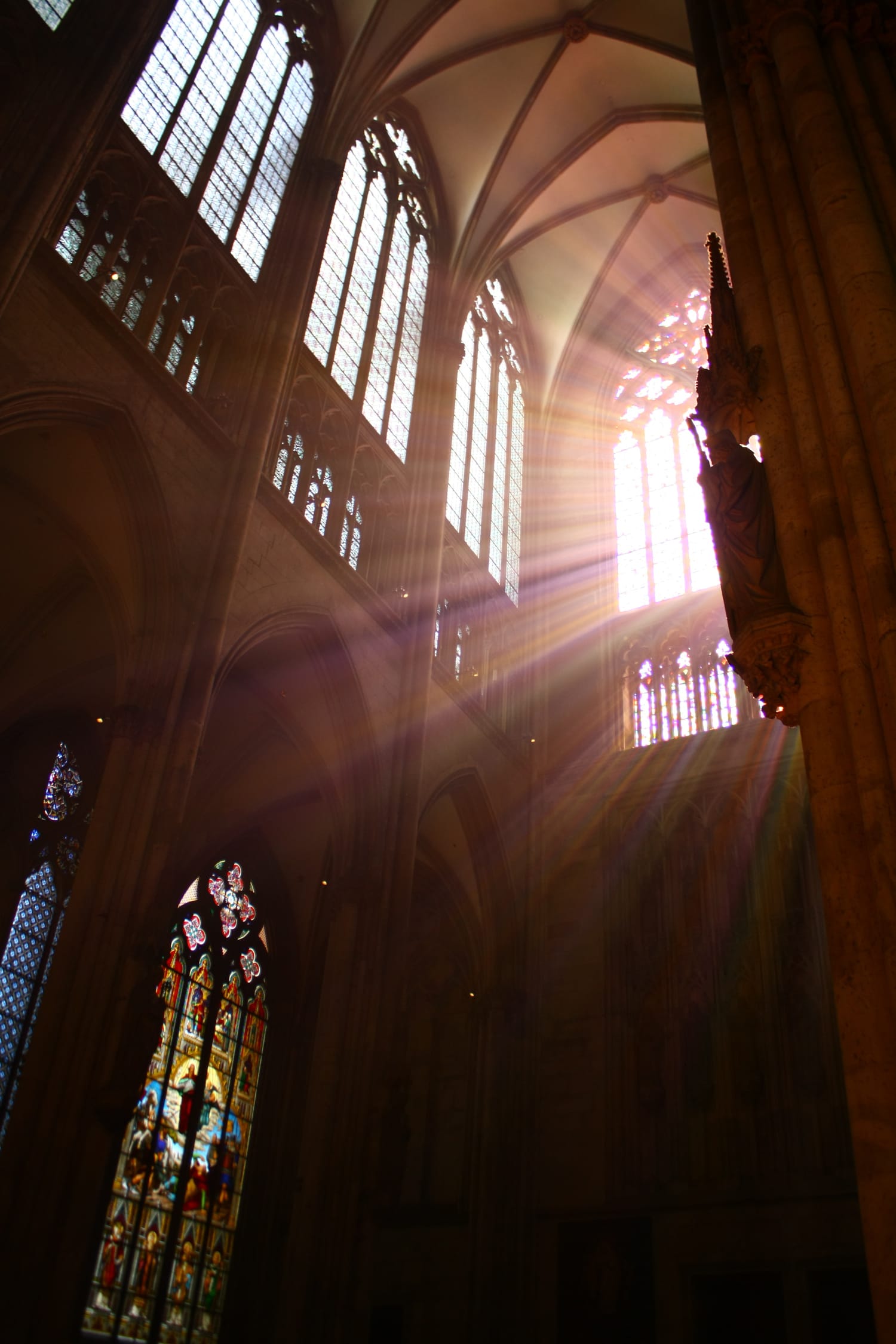
4. OPTIMIZE BLUR
The aperture is directly related to blur, which is why these objectives are very limiting in this regard. You want a portrait with the background out of focus to give it more prominence and you don't get it. There are two tricks to improve this: first, move your subject (or subject) away from the background, you will see how the blur is greater; the second, move away, the further you are from your protagonist, the more blur you will achieve. Take the test ?
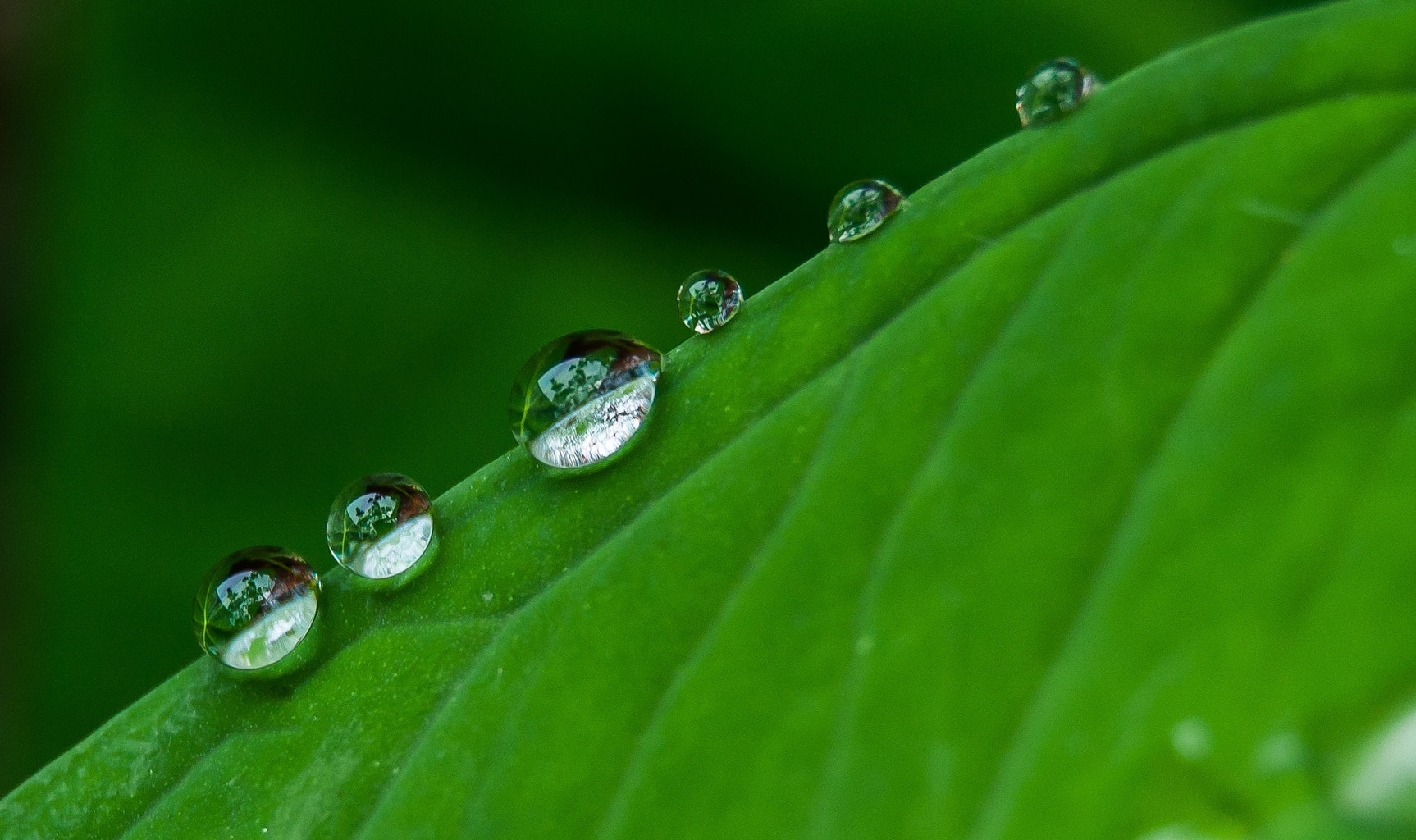
You can also throw in some post-production help and increase the blur (but we already told you about that in point 8 ? ).
5. USE A TRIPOD
Placing the camera on a tripod offers you the possibility of having the shutter open longer and thus achieving a greater entry of light. This will also compensate for the lack of light and will open the doors to long exposure , a whole magical world that you have to discover.
6. INVESTMENT RINGS
If you want a little more play, you have the option of using an inversion ring , a very cheap resource that will allow you to flirt with the macro without having to change the objective, yes, the results will not be the same as with a specific objective macro but to learn, investigate and know if you want to find your place in this section of photography it works for you. Once you know what is going for you, you will be able to take safe steps and not go blind ?
7. FILTERS
Do you know everything you can achieve with the use of filters ? It is worth that you have to scratch your pocket a little but it will never reach the extremes of a new objective and they will give a lot of life to the one you already have. Take advantage of the focal length you have for landscapes and “paint” them with one (or several) of these filters .
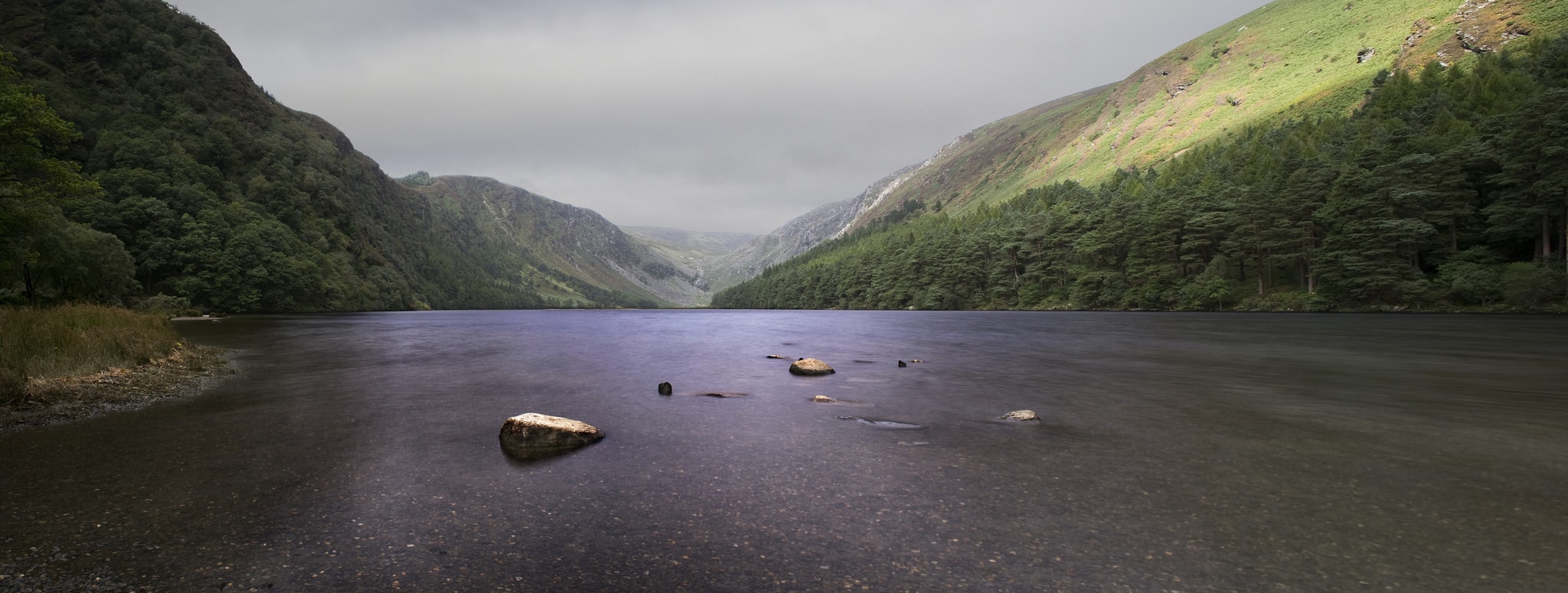
8. NOT AFRAID TO EDIT
While we often encourage you to take the shot from the camera, that doesn't mean you should forget about editing entirely. The important thing is that you achieve the maximum with the camera and that the retouching is minimal, but do not forget that editing programs can help you improve lights, shadows, sharpness, etc.
9. TAKE CARE OF THE FUNDS
The fact of not being able to blur with a good aperture has an added problem. It's not just that you can't achieve that beautiful effect, but you will have to take more care of the backgrounds and the environment. When shooting, it's easy to focus on the protagonist and forget about the rest. Our brain is very good at focusing attention on one point and there are things that we don't see, but the camera does capture them.
And then when you see the image on the computer you can find everything in the background. No longer one that distracts with garish shapes or colors, but a butane canister, a garbage bag, a cardboard box, or grandfather's false teeth in the glass on the bedside table ? You will laugh now that you read it, but you'd really be surprised how many "stuff" you can find in a photo in the background in focus. And I assure you that they are not in the background in sight. When you use wide openings this is better because many of these elements "disappear", with this objective it is up to you to do a little cleaning and eliminate everything that could get in the way.
In short, remove distractions from the background and try to make it fit into the photo like another piece of the puzzle.
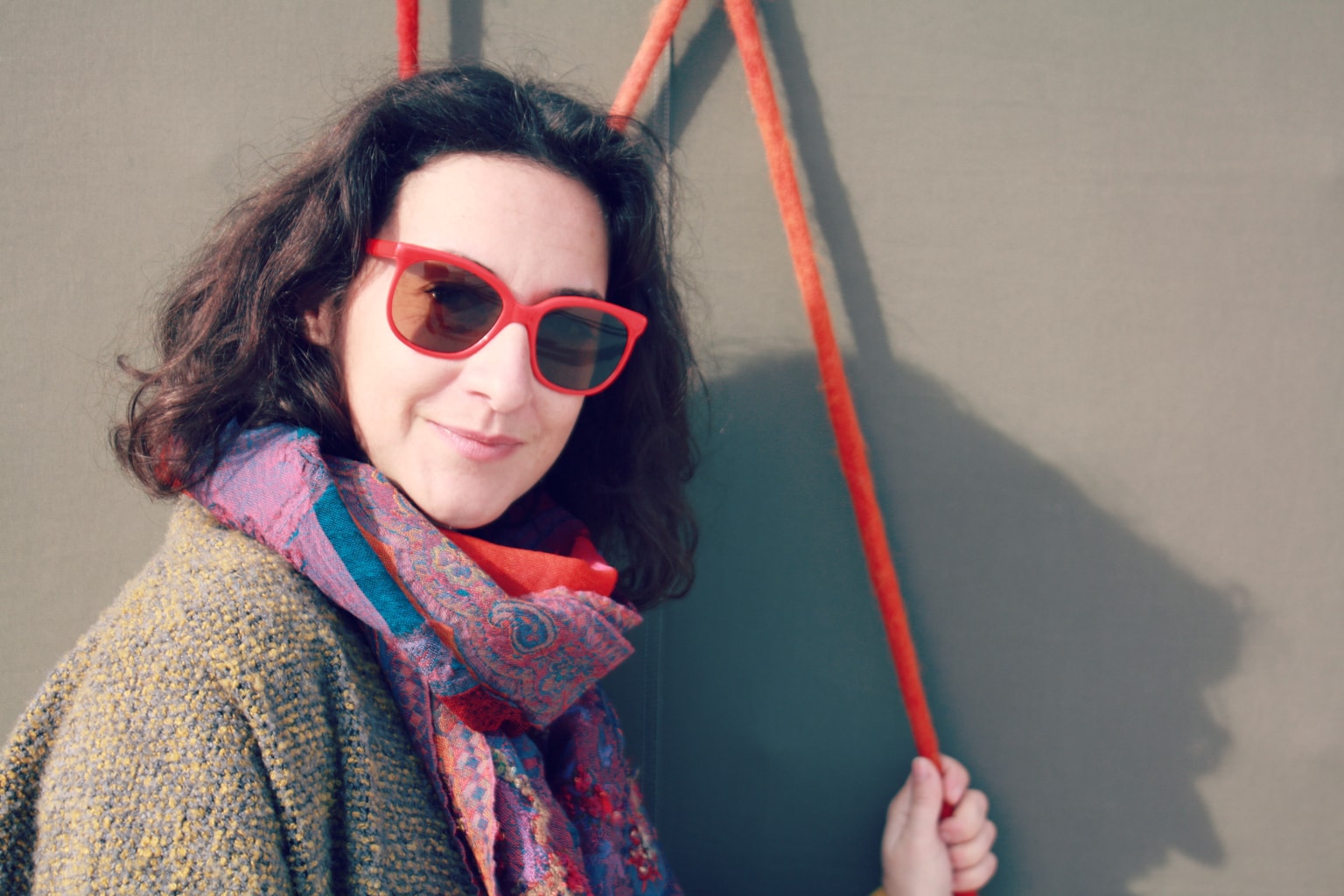
10. MOVE AND TELL STORIES
If your image excites or tells a story that engages the viewer, the deficiencies of your objective will be dissipated. Try to put all your passion into what you are doing and you will be able to transmit it, here are some tips to achieve it and here to tell stories .
11. TAKE CARE OF THE COMPOSITION
The star trick It doesn't matter if you photograph with a smartphone , with a more expensive lens or with a paperweight , whether or not you have a story or manage to convey a clear emotion, if you achieve a great composition , success is assured. If you want a few resources, take a look at this .
I have one last extra tip to give you, always remember that the best team is the one you have in your hands. Tomorrow it may be someone else, but today it will be the one that gives you your best photo. You just have to trust him and you. Do not forget.
Now shoot. It's the only way to take photography ? And, if you found it useful, before pressing the shutter button, I would appreciate it if you shared it. The "kit" goals of the world need an extra dose of love ? . Thanks and see you soon.

